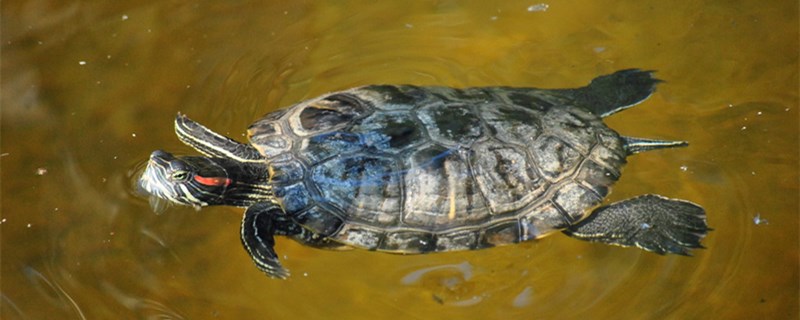
Look at the size This method only applies to turtles of the same age, because turtles of the same age usually have larger females, while males are slightly thinner.
Some turtles can identify male and female by looking at the tail. Usually the tail of the female tortoise is thin and slightly shorter, while the tail of the male is thicker and longer.
You can also tell the sex of a turtle by looking at its forelimb fingernails. Generally, the nails of female turtles are shorter, while those of male turtles are slightly longer.
Cloaca is the place where turtles breed, so males and females are different. The female cloaca is at the rear edge of the plastron, and inside, rounded in shape. Males are farther away from the plastron and are square in shape.
Carapace to distinguish often requires some experience, quite long this line of carapace is shorter and wider, and the male is not the case, carapace is longer and narrower.
For adult turtles, looking at the plastron is also a safer way. Usually, the female's plastron is relatively flat and there is no depression in the middle. Males tend to be hollow in the middle.
Turn the turtle over and look at the pattern on its abdomen. If it is relatively sparse, it means that it is a male, and the denser one is a female.
When the male tortoise matures, it will turn black, while the female will not change color, and the color is still brown.
Press the turtle's limbs with your fingers so that it can't extend its limbs. If the reproductive organs extend, it means it's a male turtle. If the cloaca secretes fluid, it means it's a female turtle.